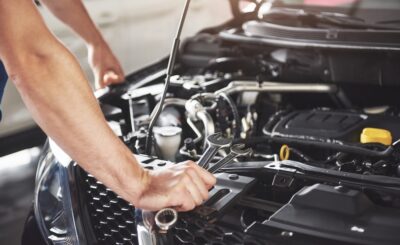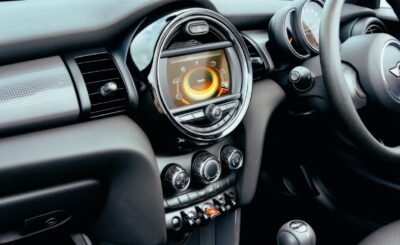With the money amount we spend, either on buying, repairs, or maintenance, you would think that we often have a good relationship with our cars. However, understanding the basics, including how they work and the costs of repairs, might feel overwhelming. Fluids, parts, and guidelines to follow may all go wrong. Fortunately, they don’t need to be as experts at D Wells Auto have suggested the following insights:
Buy Wisely
Remember, purchasing a vehicle is a great investment, and being a car owner is one of the greatest decisions you will ever make. In fact, experts say that owning one is the second greatest expense after a home. But what most of us don’t know is that it takes a lot to own and run a car, until the reality hits us in the face. Therefore, when buying a car, consider the following:
- Buying cost – Buying a vehicle gives the freedom from unreliable transport. However, this freedom comes at a cost. These costs are associated with regular maintenance/servicing, parking, fuel, insurance, and loan repayment.
- DIY maintenance – It’s often a good practice to handle a few things, like minimizing expenses. These things include changing air filters, changing tires, jumpstarting a vehicle, replacing taillight bulbs/headlights, and checking the fluid levels.
Offer Regular Maintenance
Maintaining a vehicle is crucial and all car owners must be diligent in this, not just to prolong its lifespan but also to keep themselves safe. It is advisable to always follow the maintenance schedule so that the car works efficiently. First, check the air filters. Have the filters changed after 20,000 kilometers or one year, whichever comes first. Second, inspect tire pressure and fluids regularly. These are important parts of a car and often wear out quickly. It only takes ten minutes to check them. Last but not least, change the spark plugs. Once you start noticing that the car’s engine doesn’t run smoothly, the reason might be the spark plugs. Consider checking those plugs and replacing them when necessary. They often last for about 50,000 kilometers.
Know the Meaning of Dashboard Lights
Modern cars have many dashboard indicators. Replacement of a backlit gauge with a digital screen hasn’t completely replaced or eliminated those indicators yet, and knowing what they mean can save car owners from undue stress. Although all cars are created differently, there are several dash lights, which are universal, and as a car owner, you must know their location as well as their meanings. For instance, you will find the ‘check engine’ light on all trucks or cars. Whether it is a yellow engine silhouette or bold text, a vague reminder means that the emission system or engine is faulty. Other indicators to watch out for include brake system, traction control, door ajar, airbag, charging/battery system, transmission coolant, air pressure, low fuel, and pressure monitor, to name a few.
The bottom line is that every car owner must be enlightened before and after buying a vehicle. This part of education should include buying tips, maintenance schedules, and understanding the meaning of every dashboard light.








